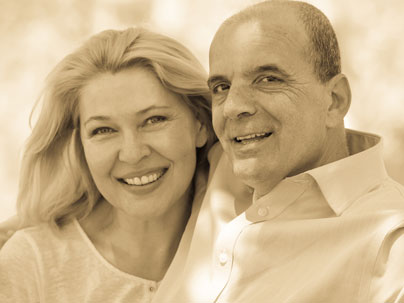Returning home from the clinic
It is advisable not to drive after cosmetic surgery as your body is recovering from the effects of the anesthetic. You will also have reduced movement and may be experiencing some pain. Therefore, you should arrange in advance for someone to drive you. We can organise a taxi for you, if necessary.
We recommend that you have someone stay with you for a least 48 hours following surgery. It is great to have the help and support of a partner or friend at this time and they can assist you should you start to feel unwell. You may also be unable to drive for a period of time. If you do not have anyone to call on, we can recommend carers who can be privately hired.
Painkillers and antibiotics
Everybody experiences pain differently, but in general you should expect to be taking painkillers for around three to five days. Pain is usually well managed with over the counter medication, although it may leave you feeling fatigued so make time to rest.
You may be prescribed a course of antibiotics to take to minimise the chances of post-surgical infection. The full course should be finished, even if you feel fully recovered. You will also be given a stomach protector tablet to take daily.
Bruising and swelling
Healing differs greatly from person to person - some people bruise easily, while others hardly bruise at all. You will probably have an idea of how well you heal or how prone to swelling you are, which can help inform you about how long your recovery is likely to take.
However, it is safe to assume a period of around two weeks for bruising and swelling to subside (a little longer if you are having facial bones broken). You may be offered a course of lymphatic drainage sessions to help get rid of swelling faster. If you have had fat transfer, the area will continue to decrease in size for around six weeks while fat is reabsorbed.
Dressings and stitches
You will be asked to return to the clinic at different intervals after your surgery in order to have dressings changed or removed, and for the surgeon to check you are healing well.
Some procedures use dissolvable stitches, meaning you won’t have to have them removed. If you have received regular stitches, you will be asked to come back in after 10 days for them to be taken out. If you have undergone rhinoplasty, your nose cast will also be removed after 10 days.
Taking a bath or shower
Some dressings can be worn in the shower and dried with a hairdryer afterwards. Other bandages and casts must be kept dry meaning you will be unable to bathe properly until they are removed.
You should plan to wash with a flannel and you might want to seek the assistance of a partner or friend to wash your hair. You can be well prepared by stocking up on toiletries like dry shampoo and face wipes in advance.
Compression garments
If you have had liposuction, you might be asked to wear a compression garment - or in the case of breast surgery, a surgical bra. This should stay on at all times, although it can be taken off for showering.
You may have to wear this garment for as long as a month so it is a good idea to plan outfits that will cover it. Bear in mind that it might be a little hot to wear in summer so you’ll want to keep out of the sun.
Sleeping
To aid lymphatic drainage and help swelling go down, you may be asked to sleep in a semi-upright position. If you have a facial cast on or have had breast implants, it is even more important to sleep in a way that will not impair your surgical results.
You can prepare for this by investing in a v-shaped cushion that you can use to prop yourself up in bed. Sleeping may be uncomfortable for a day or two but you will soon get used to this new position.
Scar tissue and numbness
As you heal, you may notice areas of hardness under the skin as well as lumps, bumps and unevenness. This can take months to soften up and even out so it’s important not to worry about it. To speed up the release of scar tissue, you may be offered a course of ultrasound therapy sessions.
It is important to remember that you will sustain a certain amount of nerve damage as a part of your surgery. This means that the feeling in the treated area might take a while to fully come back. You may experience numbness for a number of months while the nerves repair themselves.
The final result of your plastic surgery
People are understandably impatient to see the results of their plastic and cosmetic surgery. But while you will get a good idea of what it’s going to look like after a couple of months, you won’t see the end result for around 12 months.
The healing process is very gradual and things will be changing and developing inside your body for many week post-surgery. The area that has been operated on will continue to refine and soften. Only when all hardness caused by scar tissue and swelling has gone will you really see how good it looks. To keep track of your progress, you might like to take a photo every month!
Got more questions about your plastic surgery or recovery? Contact us and we’ll be happy to answer them.
